This article was co-authored by David Williams and by wikiHow staff writer, Jennifer Mueller, JD. David Williams is a Professional Beekeeper and Bee Removal Specialist with over 28 years of beekeeping experience. He is the Owner of Bzz Bee Removal, a bee removal company based in the San Francisco Bay Area. Bzz Bee Removal locates, captures, and transports bees to local beekeepers to prevent colony collapse disorder.
There are 8 references cited in this article, which can be found at the bottom of the page.
wikiHow marks an article as reader-approved once it receives enough positive feedback. This article received 41 testimonials and 83% of readers who voted found it helpful, earning it our reader-approved status.
This article has been viewed 4,755,402 times.
Spending time in your garden or hanging out with friends at a park is a wonderful way to spend the afternoon—until you feel a sharp poke and realize you've been stung by a bee. Bee stings are relatively common and don't have to ruin your day, as long as you act quickly. Here, we've gathered some of the best options so if you'll know what to do if you get stung.
Steps
Expert Q&A
Did you know you can get premium answers for this article?
Unlock premium answers by supporting wikiHow
-
QuestionHow can I avoid getting stung by a bee?
 David WilliamsDavid Williams is a Professional Beekeeper and Bee Removal Specialist with over 28 years of beekeeping experience. He is the Owner of Bzz Bee Removal, a bee removal company based in the San Francisco Bay Area. Bzz Bee Removal locates, captures, and transports bees to local beekeepers to prevent colony collapse disorder.
David WilliamsDavid Williams is a Professional Beekeeper and Bee Removal Specialist with over 28 years of beekeeping experience. He is the Owner of Bzz Bee Removal, a bee removal company based in the San Francisco Bay Area. Bzz Bee Removal locates, captures, and transports bees to local beekeepers to prevent colony collapse disorder.
Beekeeper & Bee Removal Specialist
-
QuestionHow long does it take for the effects of a honeybee sting to show?
 Jurdy Dugdale, RNJurdy Dugdale is a Registered Nurse in Florida. She received her Nursing License from the Florida Board of Nursing in 1989.
Jurdy Dugdale, RNJurdy Dugdale is a Registered Nurse in Florida. She received her Nursing License from the Florida Board of Nursing in 1989.
Medical Review Board
-
QuestionWhat should I do if the site stings from cream and vinegar?
 Jurdy Dugdale, RNJurdy Dugdale is a Registered Nurse in Florida. She received her Nursing License from the Florida Board of Nursing in 1989.
Jurdy Dugdale, RNJurdy Dugdale is a Registered Nurse in Florida. She received her Nursing License from the Florida Board of Nursing in 1989.
Medical Review Board
Warnings
- Watch for signs that redness or swelling is spreading, which could indicate an infection. While infected bee stings are rare, if it does get infected you'll need a round of antibiotics to clear it up.[14]⧼thumbs_response⧽
References
- ↑ https://kidshealth.org/en/teens/bug-bites.html
- ↑ https://www.samhealth.org/about-samaritan/news-search/2019/08/13/ease-the-pain-of-bee-stings
- ↑ https://www.betterhealth.vic.gov.au/health/conditionsandtreatments/allergies-to-bites-and-stings
- ↑ https://www.merckmanuals.com/en-ca/home/news/editorial/2018/05/15/14/05/bee-stings
- ↑ https://www.aad.org/public/everyday-care/injured-skin/bites/treat-bee-sting
- ↑ https://www.hopkinsmedicine.org/health/conditions-and-diseases/insect-stings
- ↑ https://www.aad.org/public/everyday-care/injured-skin/bites/treat-bee-sting
- ↑ https://www.cedars-sinai.org/blog/treat-bee-sting.html
- ↑ https://www.samhealth.org/about-samaritan/news-search/2019/08/13/ease-the-pain-of-bee-stings
- ↑ https://www.merckmanuals.com/en-ca/home/news/editorial/2018/05/15/14/05/bee-stings
- ↑ https://www.betterhealth.vic.gov.au/health/healthyliving/bites-and-stings-first-aid
- ↑ https://www.cedars-sinai.org/blog/treat-bee-sting.html
- ↑ https://www.cedars-sinai.org/blog/treat-bee-sting.html
- ↑ https://www.cedars-sinai.org/blog/treat-bee-sting.html
About This Article
If you’ve been stung by a bee, remove the stinger as soon as you can, either by grabbing it with your fingernails or scraping it out with a credit card. Wash the affected area with soap and cold water to clean it and ease the pain. If you notice that you are having difficulty breathing, swelling of the lips, tongue, or face, dizziness, hives, or nausea, call for emergency services, as you may be having an allergic reaction. Take an antihistamine to try to slow down the reaction, but be sure to tell the response team which medication you took when they arrive. To learn home remedies, such as using toothpaste or honey, keep reading the article!
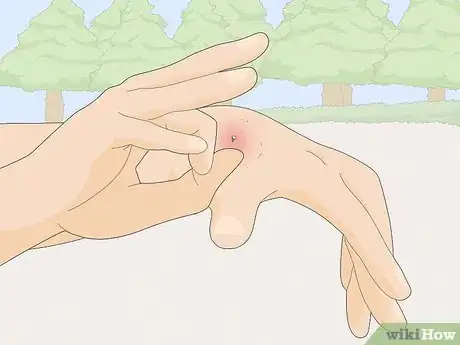


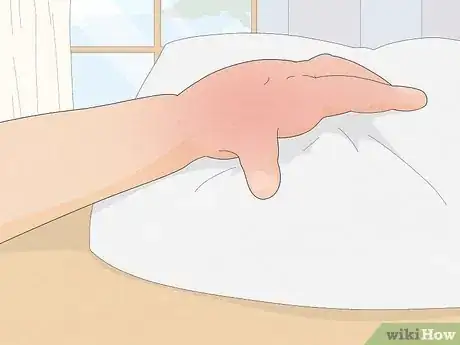
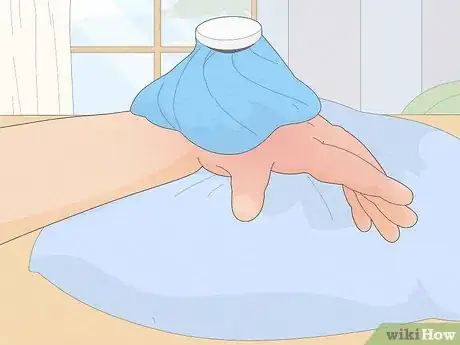
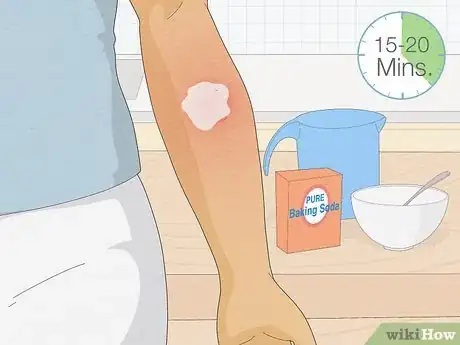
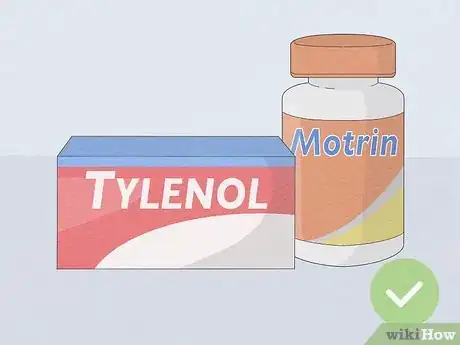

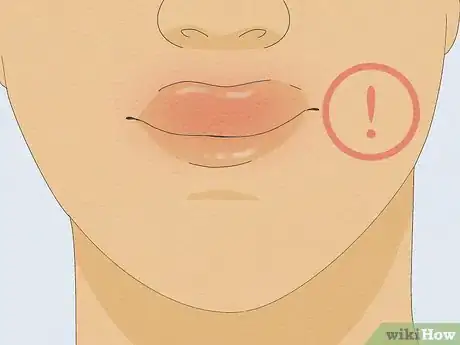
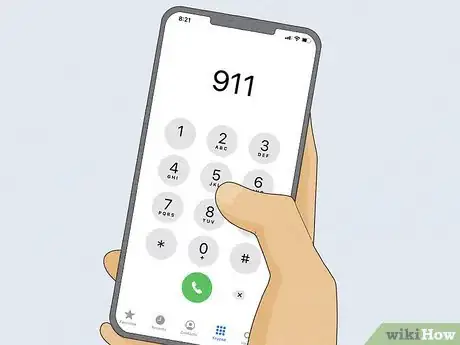
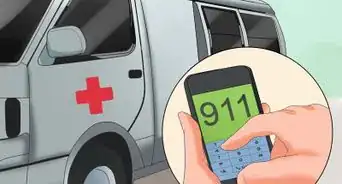
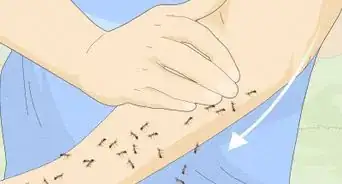

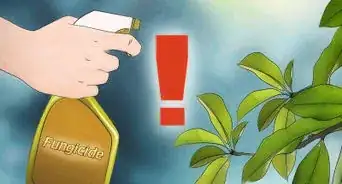
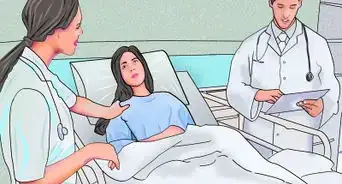
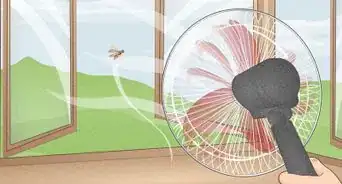
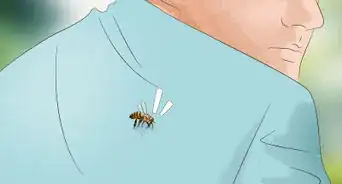

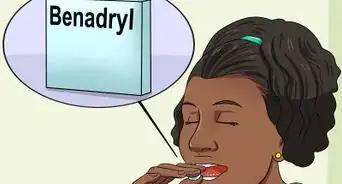
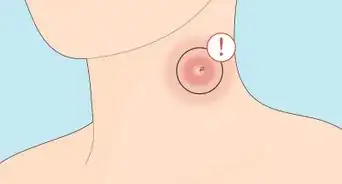
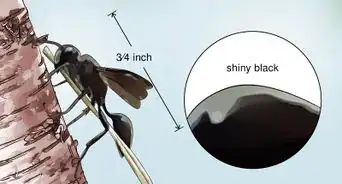
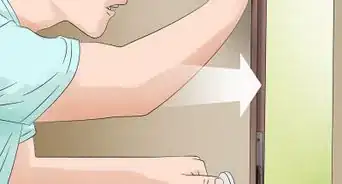
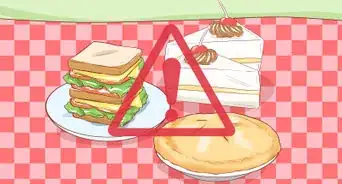
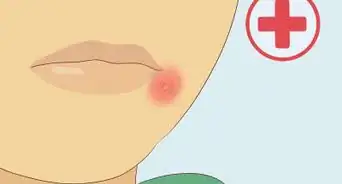










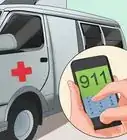
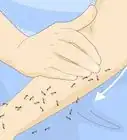
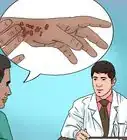
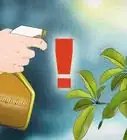



































Medical Disclaimer
The content of this article is not intended to be a substitute for professional medical advice, examination, diagnosis, or treatment. You should always contact your doctor or other qualified healthcare professional before starting, changing, or stopping any kind of health treatment.
Read More...